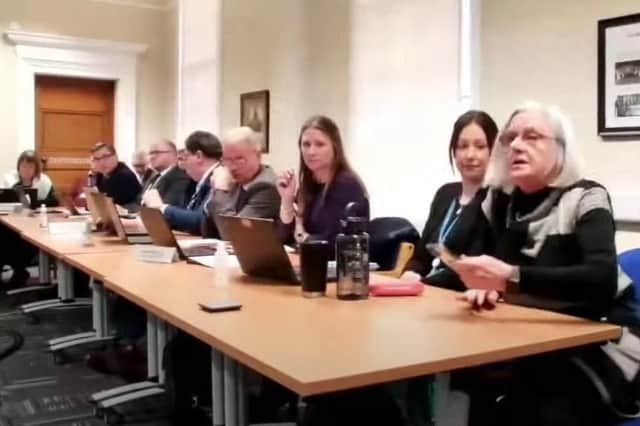York and North Yorkshire combined authority leaders defend constitution


The inaugural meeting of the York and North Yorkshire Combined Authority heard both officers and councilors underline the draft constitution was a “living document” that would be subject to numerous changes before and after the region’s first elected mayor comes into office in May.
Alongside prioritising the Government investment, the combined authority will have a range of devolved powers, for example covering transport, housing,skills and digital connectivity and also provide oversight for the police and fire services.
Advertisement
Hide AdAdvertisement
Hide AdMajor decisions will be taken by the elected mayor alongside two North Yorkshire and two York councillors.
Local authority governance expert Gwen Swinburn told the meeting at County Hall in Northallerton that officers had told councillors they had “no say” over the constitution, but members of all parties had asserted their right to have their voices heard.
She said the constitution did not reflect the values of York, including openess, transparency, engagement and equalities and that there was “a complete fissure” between bodies charged with examining the fire and police services and democratic oversight.
She said: “This is a democratic outrage and I must now beg you to address this.”
Advertisement
Hide AdAdvertisement
Hide AdCalling on the combined authority’s constitution to be amended to encourage the participation of councillors and residents in meetings, Ms Swinburn added: “On so many levels it is not fit for purpose. With so many good examples I am at a loss as to why Manchester’s was used as a model, not say West Yorkshire’s.”
The authority’s co-chair, Councillor Carl Les, said the scrutiny committees of York and North Yorkshire councils had been listened to and some of their recommendations had been agreed, including that meetings should be broadcast on the internet.
He said public participation in meetings would be at the chairman’s discretion until a mayor was elected.
The meeting heard it was clear a fundamental review was needed before the police, fire and crime commissioner’s functions transfer to the combined authority.
Advertisement
Hide AdAdvertisement
Hide AdCouncillor Gareth Dadd, North Yorkshire Council’s deputy leader added: “The purest form of democracy in all of this will be an elected mayor. ”
Addressing concerns over the combined authority’s democratic accountability, City of York Council leader Claire Douglas said: “We shouldn’t forget that the combined authority has 137 members who sit under York and North Yorkshire and our intention is that every one of those feels part of the combined authority.”
The meeting heard it was vital that an independent panel proposed the elected mayor’s salary ahead of nominations closing for the post in March so that all potential candidates knew exactly what they were applying for.